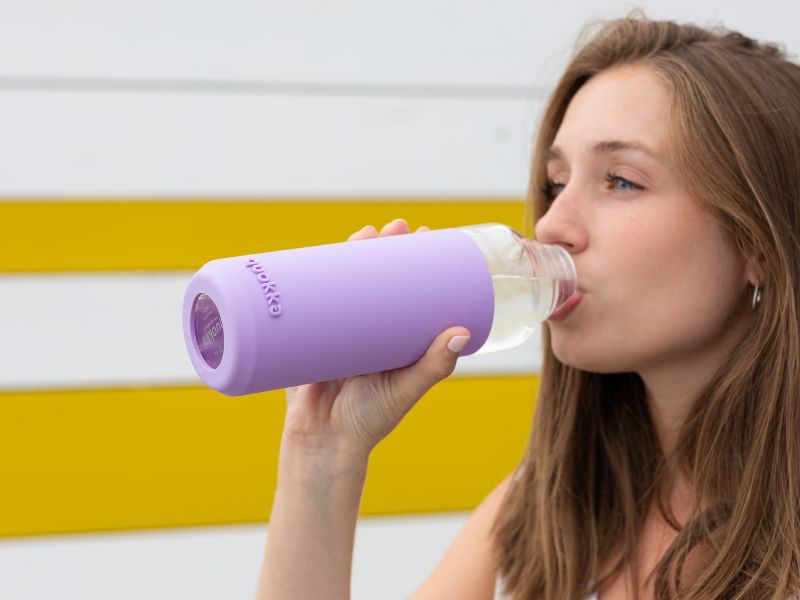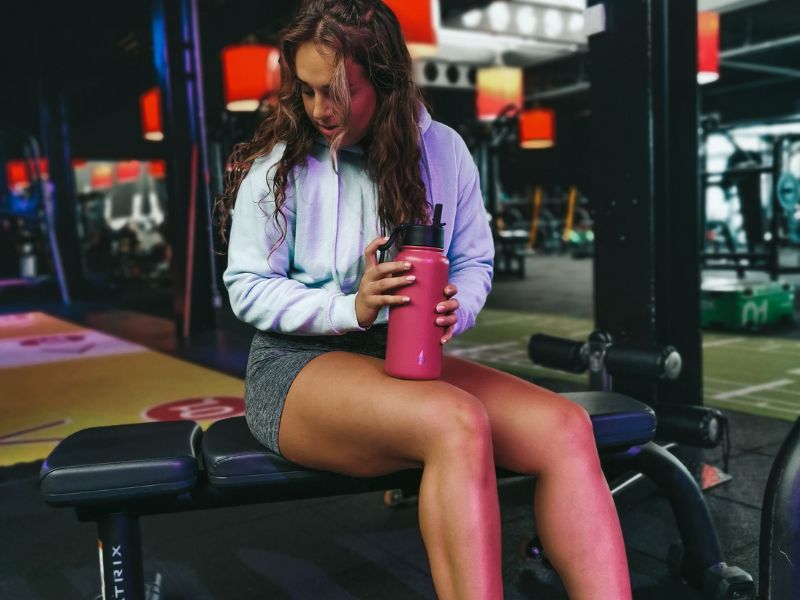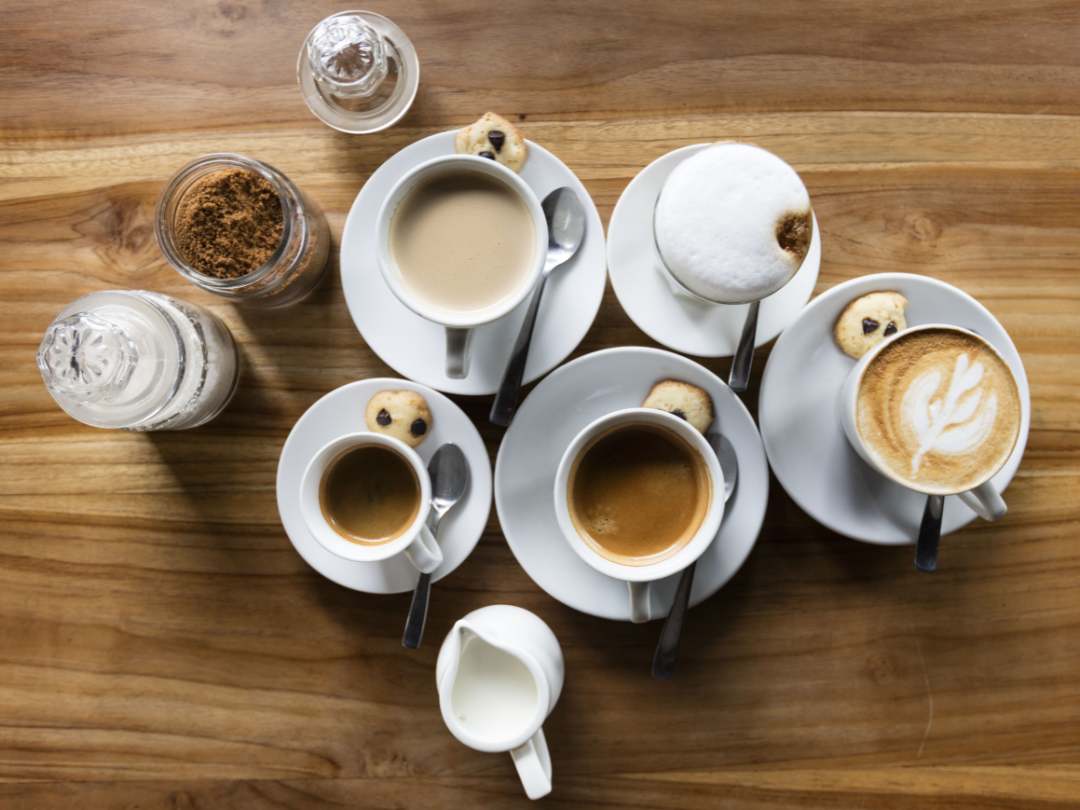We all know that we have to get rid of disposable plastic and the message seems to be spreading more and more. Campaigns about the harmful effects of plastic on the environment and our seas in particular have raised awareness among many people. One of the ways to contribute to reducing the plastic soup is by using reusable drinking bottles. This means that fewer small plastic bottles end up in both the rubbish bin and the environment. However, it is important that you keep your reusable drinking bottle clean, something that many people, according to research, is not seen as a priority. Do you have any idea how dirty your reusable drinking bottle is?
300,000 bacteria per square centimeter
Many people think that things don't go that smoothly with bacteria on a reusable drinking bottle, but nothing could be further from the truth. Sweat or dirty hands can attract bacteria and a visit to the toilet also brings a lot of bacteria. Door handles are dirty, especially in places where many people come and before you know it you'll be grabbing your reusable drinking bottle with the same hand. An additional fact is that there are also countless bacteria in our mouths. If you are the only one who drinks from the reusable drinking bottle, it's not all that bad since it's your own bacteria. However, if you also let someone else drink from the bottle, then it becomes a completely different story. It is therefore not surprising that if you have not cleaned your bottle for a week, there are about 300,000 bacteria per square centimeter on it.
Research into the bacteria on reusable drinking bottles
Various studies have shown that a reusable drinking bottle is a source of bacteria. The most common bacteria were Staphylococcus aureus and E. coli bacteria. The first variant is a bacteria that occurs in the noses of about 30 percent of people. The latter variant is also known as the poop bacteria. How an intestinal bacteria, if you think about this carefully, ends up in a drinking bottle……. Well, you can probably think of that yourself, we don't have to elaborate on that. The fact remains that these are bacteria that should not occur in a reusable drinking bottle and that this is due to poor hygiene of the drinking bottle.
Cleaning and keeping your reusable drinking bottle clean
If you read this like this, it may well be that the shivers run down your spine. Not only does it sound gross, it actually is. Cleaning your reusable drinking bottle should therefore be part of the daily routine. After all, you wash your soup bowl, plate or cup after use, right? It should be the same with your reusable drinking bottle. Especially for the ones that can go in the dishwasher, it is a small effort to keep clean. You put it in the dishwasher with the rest of the dishes every evening and let it run very easily.
However, if you have a reusable drinking bottle that cannot be put in the dishwasher, clean it every evening with warm water and some washing-up liquid. Then let the bottle air dry without the cap on to prevent unpleasant odors. In addition, once a month fill the bottle half with cleaning vinegar and the other half with warm soapy water. Leave it overnight and then rinse thoroughly with water the next morning. Don't forget to do the same with the cap, the most important part to clean but also the one you forget the most. This way you keep your reusable drinking bottle clean and, above all, bacteria-free!
Which reusable drinking bottles are best to use?
After reading this blog, you may be wondering which reusable drinking bottle is the best to use. Actually, we can be relatively short and concise about that. A drinking bottle made of stainless steel is safe and hygienic to drink from. Stainless steel is not harmful or toxic and it does not leak any chemicals, even if the bottle is damaged or if you fill the bottle with hot liquids such as tea and coffee. You also want to prevent bacteria from attaching and thus getting the chance to multiply. Bacteria attach themselves more quickly to somewhat rougher surfaces and plastics. In short, the best drinking bottles you can use are stainless steel ones. Stainless steel drinking bottles have a smooth surface, which prevents a biofilm from forming in which bacteria can lodge. In addition, stainless steel drinking bottles are super easy and hygienic to clean. This way you stay well hydrated and healthy!



